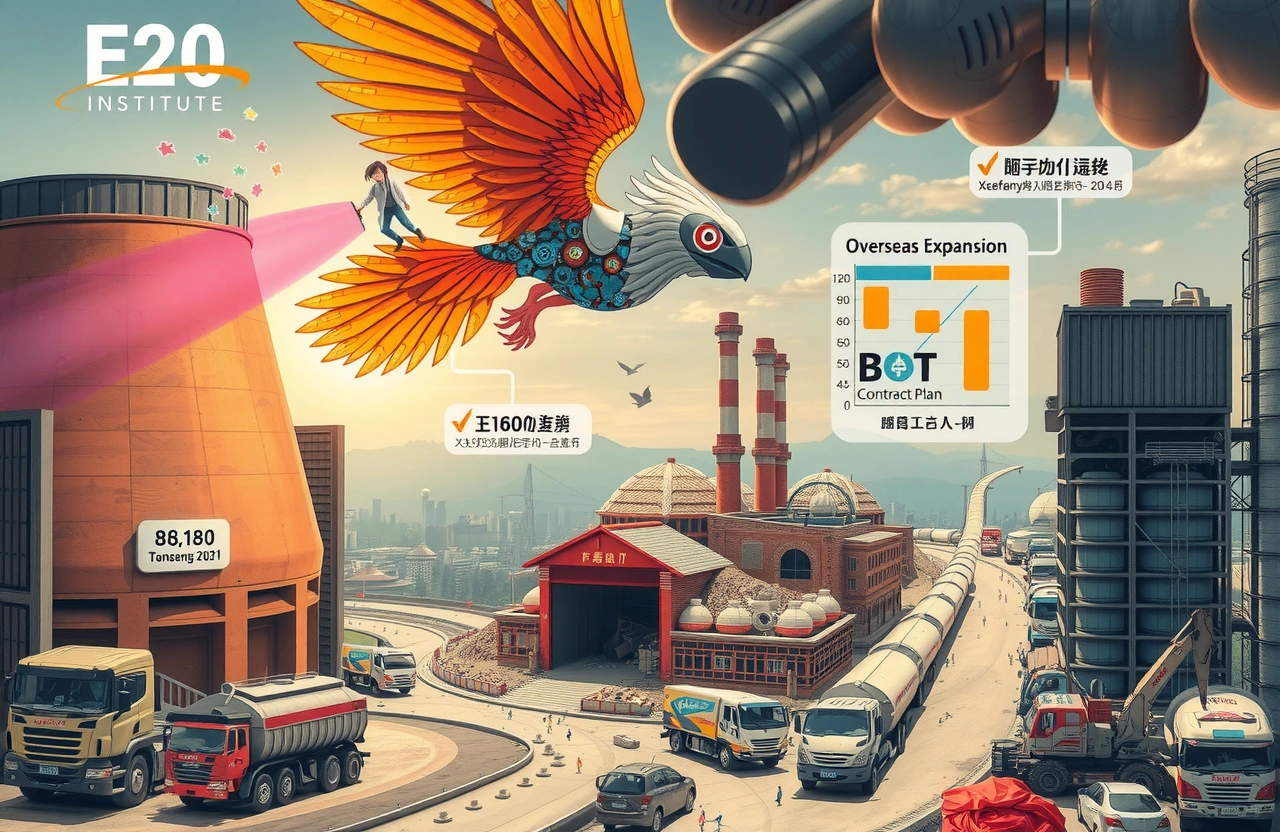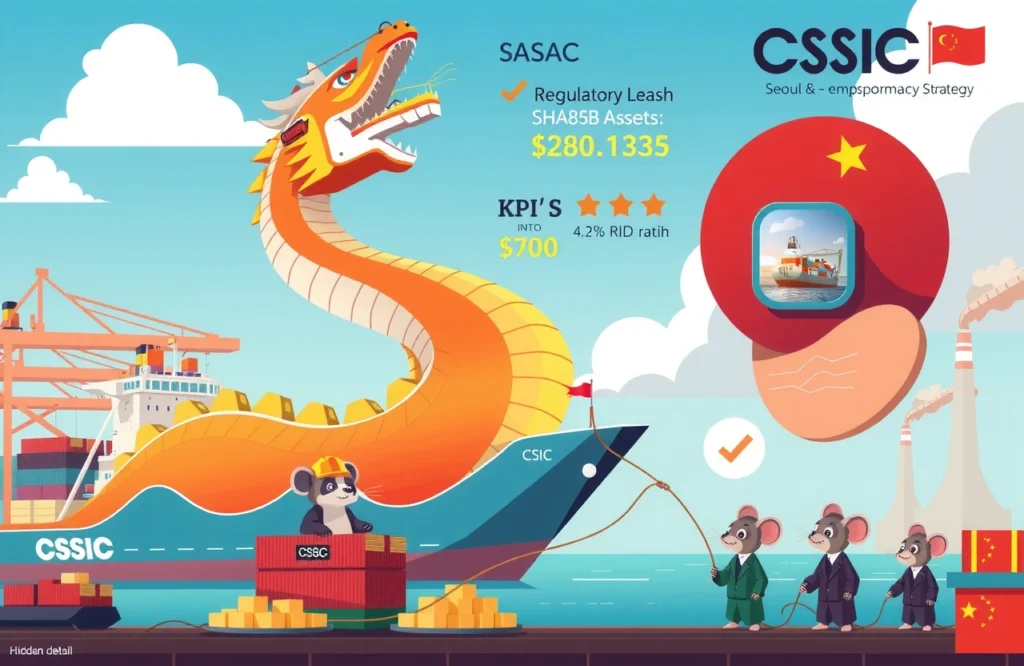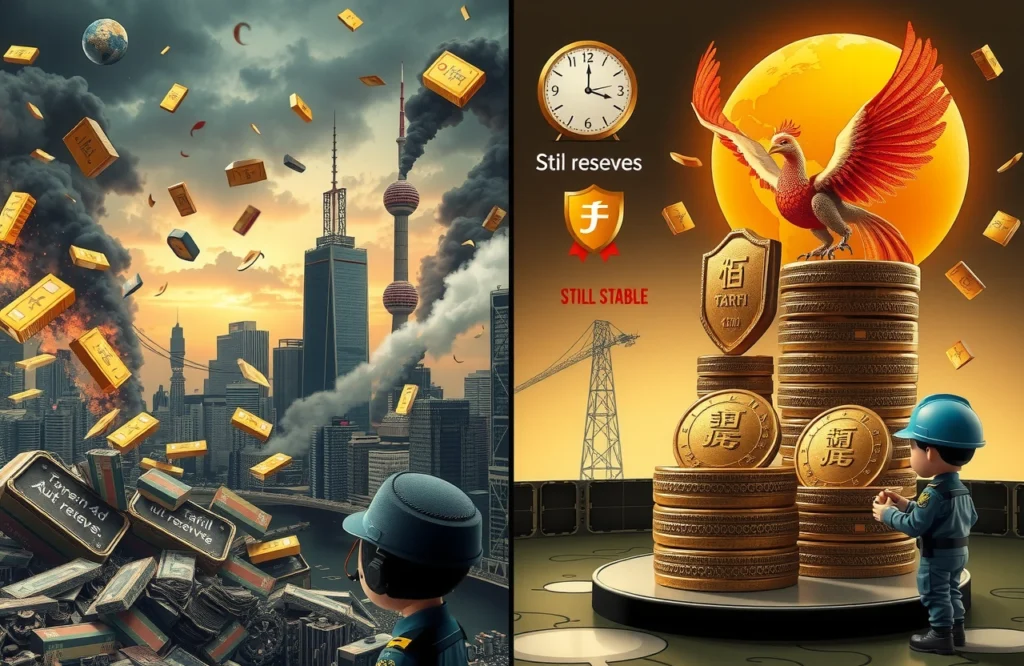– China experiences localized “garbage insufficient for burning” despite processing 86,180 tons/day
– Cross-regional waste sourcing and landfill excavation emerge as costly solutions
– Industry consolidation occurs but faces limitations due to state ownership dominance
– Overseas expansion accelerates in Southeast Asia amid county-level market challenges
The Unforeseen Shortage Emerges
China’s waste management landscape has transformed dramatically from “garbage siege” to an unexpected crisis: insufficient trash to burn. This paradoxical situation sees incineration plants scrambling across regions to secure feedstock while experts warn about fundamental planning flaws. With over 1,010 waste-to-energy facilities operating nationwide, the industry faces a pivotal inflection point requiring innovative solutions.
From Landfill Dominance to Incineration Leadership
Ministry of Housing and Urban-Rural Development statistics reveal a radical shift: landfills processed 85.2% of municipal solid waste in 2005 versus just 7.5% today. Incineration capacity meanwhile skyrocketed from 3,300 tons/day to 86,180 tons/day. Xue Tao (薛涛), E20 Institute director, attributes this to development phases: “Initial expansion began in 2000-2008, followed by explosive growth between 2017-2020 when projects quadrupled.”
The industry’s success created unforeseen consequences as Xue explains: “Under the BOT concession model, municipal governments rushed development without coordinated planning. When estimations proved overly optimistic, facilities outstripped local waste streams.”
The Localized Nature of Shortages
Not all regions face shortages. While major players like China Everbright Group (光大环境) report rising garbage deficits, others maintain utilization exceeding 100%. Key patterns emerge:
– County-level facilities suffer most severely—Shaanxi’s Weinan plants operate at 24% capacity
– Top players maintain 80-97% utilization through service area advantages
– Industrial waste resource utilization drops below 10% nationally
Xu Haiyun (徐海云), chief engineer at China Academy of Urban Planning and Design, pinpoints systemic faults: “Garbage insufficient for burning stems from disconnected planning. Facilities were oversized without considering actual service area demographics or economic realities.” Economic pressures exacerbate issues—underdeveloped regions lack funds for waste collection systems, leaving disposal sites underfilled.
Innovative Solutions Amid Scarcity
Faced with feedstock shortages, operators implement unconventional strategies. Yongxing Group and Wangneng Environmental lead landfill excavation efforts, unearthing decades-old garbage despite significant technical constraints.
Mining Urban Waste Graves
The Guangzhou Xingfeng landfill project exemplifies this approach—237 million tons of buried waste slated for excavation after ending operations in 2021. The undertaking costs 1.2 billion yuan ($168 million), revealing why such projects remain exceptions:
– Significantly higher per-unit costs vs. processing fresh waste
– Diminished calorific value—after 5 years biodegradation, material loses burn potential
– Significant environmental remediation requirements
Xu Haiyun explains the economics: “Only landfills located near high-value urban redevelopment zones justify excavation expenses. Elsewhere, expense outweighs benefit.” Yet the practice is spreading—2024 witnessed 44 landfill mining projects nationwide totaling ¥4.3 billion contracts.
Beyond Landfills: Diversification Strategies
Forward-thinking operators expand waste streams through:
– Industrial/commercial partnerships securing non-household waste
– Sludge co-processing facilities leveraging boiler capacity
– Agricultural waste collection systems enhancing rural supply chains
European models suggest promise: “Successful plants derive 40% intake from industrial waste similar in composition,” notes Xu Haiyun. Regulatory reform could unlock potential—China currently prohibits mixing municipal and industrial streams despite technical feasibility.
Mergers and Market Consolidation
Hanlan Environment’s landmark acquisition of Yuefeng Environmental for HK$11.95 billion ($1.53 billion) signals industry maturation, yet experts caution against expecting a merger wave.
Ownership Limitations
Xue Tao argues state ownership structures complicate consolidation: “80% of plants are state-controlled assets. Government administrators avoid divesting stable public service operations.” Additionally:
– State-owned enterprise performance metrics prioritize asset retention
– Political considerations outweigh shareholder value in disposal decisions
– Public resistance complicates facility closures
Private operators like Weiming Environmental pursue strategic acquisitions, with Vice President Zhu Shankun confirming: “After acquiring Guoyuan Environmental and Shengyun Environmental, we remain actively scouting opportunities.”
Profitability Variations
Asset vintage critically impacts viability. Xue Tao observes: “Pre-2010 facilities enjoy 20-30% EBITDA margins having recovered investments. Newer plants struggle under construction debts with 10+ year payback periods.” These disparities complicate valuations—experienced operators target discounted acquisitions where operational restructuring unlocks value, as seen in Green Power’s portfolio optimization strategy.
Navigating Expansion Frontiers
Facing domestic constraints, operators pursue new markets despite structural challenges.
The County-Level Conundrum
State directives encourage waste-to-energy expansion into rural areas since 2022. However, Xu Haiyun challenges the approach: “County-scale facilities fundamentally struggle economically—minimum efficient scale is 500 tons/day, but localities average just 50-150 tons.” Additional barriers include:
– Limited collection systems failing to aggregate dispersed waste
– Transport costs consuming 30-45% of processing budgets
– Limited local government financing capabilities
Xue Tao underscores technological limitations: “Low-volume facilities operate inefficient boiler systems incapable of meeting emission standards consistently.”
Accelerating Overseas Expansion
Chinese operators now manage >50,000 tons/day of overseas waste capacity, primarily across Southeast Asia. Industry leaders prioritize:
– Indonesia: Weiming secured inaugural contract December 2023
– Thailand: Multiple provincial PPP bids underway
– Middle East: Diversification beyond Southeast Asia
E20 Institute data confirms China constitutes 60% of global incineration capacity—near companies offer integrated solutions combining finance, engineering and operations. Wu Boying, Sinolink Securities researcher, notes: “Project replicability drives success—Indonesian plants mirror Guangdong facility designs.”
Future Pathways Forward
The industry must reconcile competing imperatives: maintaining existing assets while adapting to market saturation. Xue Tao advocates systemic reforms: “Authorities must correct planning frameworks—overcapacity stems from fragmented decision-making granting townships siting autonomy.” Meanwhile operators prioritize:
– Applying artificial intelligence optimizes combustion efficiency amid lower volumes
– Developing alternative revenue from thermal output utilization
– Formation of regional processing consortiums pooling resources
Xu Haiyun stresses gradualist approaches: “Landfill excavations should span decades, synchronized with urban planning cycles rather than viewed as emergency solutions.” Ultimately, navigating garbage insufficient for burning requires acknowledging waste-to-energy’s maturation from growth industry to selective opportunity.
Achieving sustainability requires recalibrating ambitions: operational efficiency replaces expansion priority. As investor meetings reveal executives shifting vocabulary from “capacity building” to “capacity optimization,” the industry acknowledges China’s waste revolution has permanently evolved.




